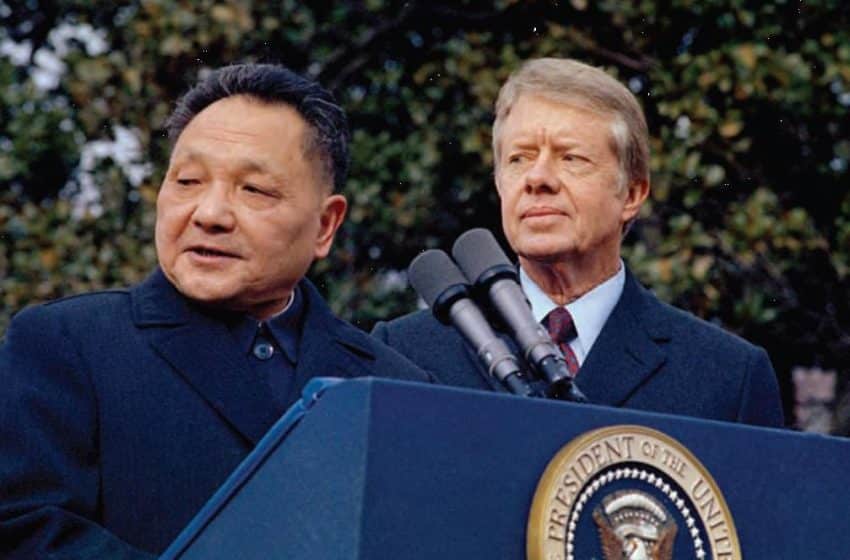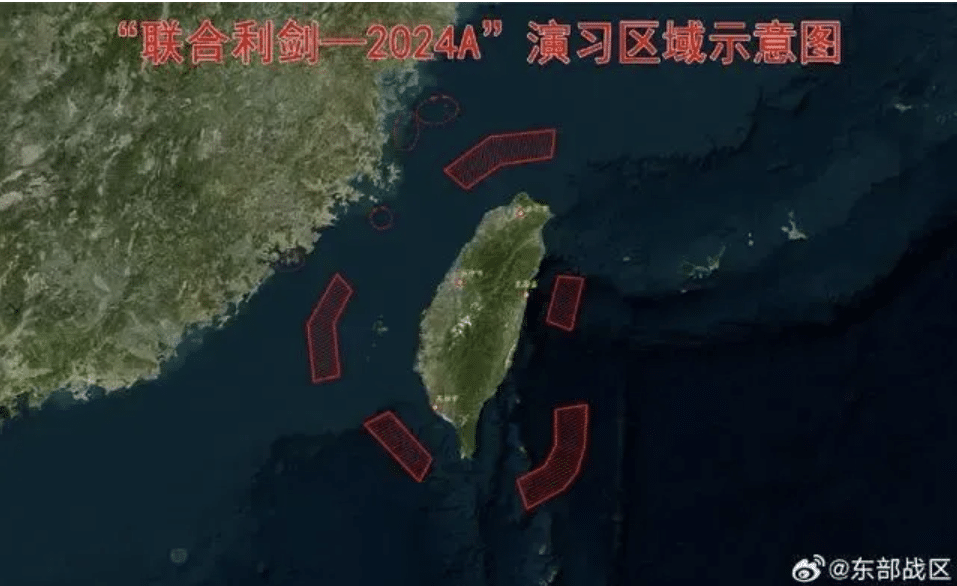Public Opinion Propaganda: Be Cautious of CGTN Surveys
Michael B. Cerny is the associate editor of the U.S.-China Perception Monitor. He received his Master of Philosophy in Politics (Comparative Government) from the University of Oxford. His views are his own.
In recent months, the Chinese Global Television Network (CGTN) has published questionable polls of global public opinion under the auspices of the CGTN Think Tank, a research organization founded by the state media outlet in December 2019. Its most recent survey—which analyzed global support for ‘China’s achievements in epidemic prevention and control over the past three years’—was conducted with the Chinese Institute of Public Opinion at Renmin University of China. Importantly, this is not the widely respected National Survey Research Center at Renmin University (中国调查与数据中心). Rather, it is a recently founded research institute within Renmin University’s School of Journalism and Communication more accurately titled the National Governance and Public Opinion Ecology Research Center (国家治理与舆论生态研究院).
Of the polls that CGTN has published in cooperation with this Center, few provide information about sampling methodology beyond the number of respondents. Unsurprisingly, there are strong indications that the CGTN/RUC surveys are poorly collected to serve propaganda purposes. One of these surveys, for example, polled 4,700 young people in 30 countries and found that 85% supported the principles outlined in Xi’s speech to the 20th National Congress of the Communist Party of China. From the article, we learn little about these individuals beyond their age (under 30) and their location around the world. Most importantly, we learn nothing about how they were recruited into the sample. Understanding CGTN/RUC’s recruitment methodology is critical, however, as peer-reviewed studies have shown that an unmethodically sampled ‘survey of 250,000 respondents can produce an estimate of the population mean that is no more accurate than an estimate from a simple random sample of size 10.’
Based on what we do know, respondents to these surveys are likely recruited solely through CGTN websites and social media. On one hand, they report high levels of support for abstract concepts related to Xi’s speech, such as ‘resolutely opposing all forms of hegemonism and power politics’, which one would typically expect average respondents to be unfamiliar with—perhaps except those in foreign countries with an explicit interest in Chinese politics and Chinese state media. On the other, separate CGTN/RUC surveys from 2021 indicate the organizations recruit respondents on ‘platforms such as YouTube, Twitter, Facebook and VK’.
I have written elsewhere about why surveys conducted on social media platforms are deeply inaccurate. Above all, these surveys are biased by the fact their samples are drawn from the followers of a particular social media account, in this case CGTN’s, and are therefore likely to subscribe to similar content and views. As a result, respondents differ systematically from the populations of countries CGTN/RUC claims they represent. In other words, these surveys represent the equivalent of asking baseball game attendees whether they like baseball (surprise… they do).
The resultant bias explains why CGTN/RUC surveys generate ludicrous figures that contravene the results of more reputable poll research. One survey, for example, reports that 80% of international respondents believe the Chinese Communist Party is worthy of Chinese people’s trust, which contradicts rigorous survey research revealing how international public opinion towards China and the Chinese Communist Party is at rock bottom. Moreover, in CGTN/RUC’s most recent survey on COVID-19, they claim that 75% percent of respondents in Western countries approve of ‘China’s efforts in coordinating epidemic prevention and control with economic and social development’. Pew Research Center, by contrast, found in 2020 that about ‘around half or more in every country surveyed thought China had handled the pandemic poorly’ and, while these figures rebounded somewhat in 2021, they were still far lower than what CGTN/RUC reports and what the Chinese state media wants to believe.
Until CGTN/RUC share more information about their survey methodology, these surveys should be ignored. In my view, CGTN’s association with the Renmin University’s National Governance and Public Opinion Ecology Research Center is a not-so-subtle attempt to lend an academic veneer to poorly conducted public opinion research. The U.S.-China Perception Monitor has reached out to a scholar in the School of Journalism and Communication for more information.








